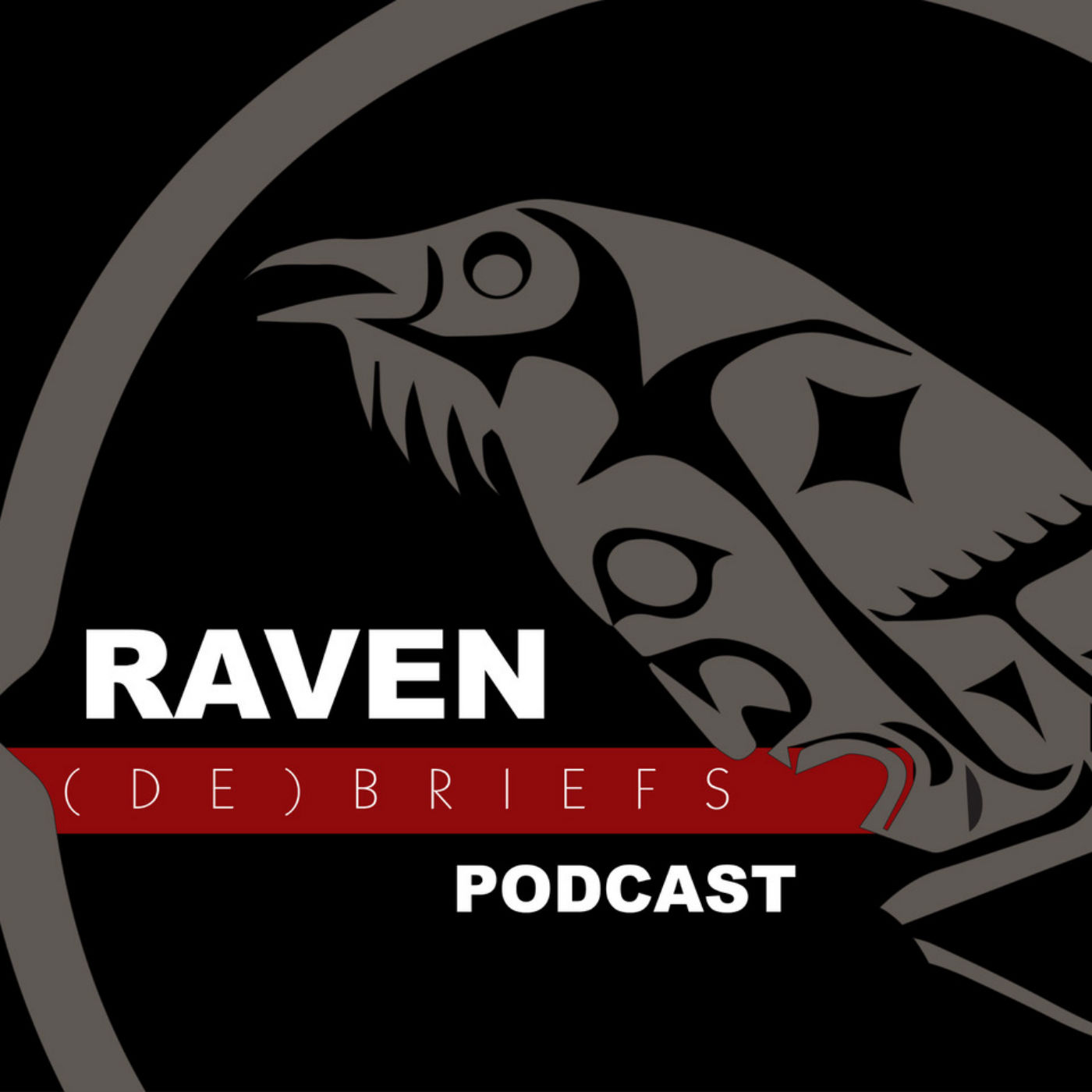Listen "Staking the Nation"
Episode Synopsis
Welcome to Episode 1 of RAVEN’s new mining justice podcast series, Plunder: True Crimes, Canadian Mines. This is a show that looks beneath the surface of mining in Canada, a country that’s home to 60% of the world's mining companies.
For all the glittering office towers that you might be used to seeing in Toronto and Vancouver, Mining has a dark history, and — you’ll discover, a controversial future. We’ll travel from the earliest days of colonization, fuelled by gold rush-style plunder, to the toxic era of uranium mining that contributed to the Manhattan Projects’ development of the nuclear bombs that were dropped on Hiroshima and Nagasaki, and to today, where hunger for critical minerals continues to drive colonialism deep into the heart of Indigenous lands: in Canada, and around the world.
After centuries of exploitation, the drive to get-rich-quick is baked into Canada’s DNA, with extractive industries still given preferential treatment by the government. Despite a lot of talk about reconciliation - allocation of resources is still very much done without proper consultation or consent of the Peoples who have stewarded these lands and waters since time immemorial.
We’re going to start the series by looking at how mining actually begins. Even today, anyone with a laptop and $25 can stake a claim without even bothering to inform the First Nation whose territory they’re staking. We take a deep dive to look at how Gitxaała Nation dealt with illegal discharge of tailings from the Yellow Giant gold mine - a project that Gitxaała said from the beginning they did not want. After the company devastated Banks Island’s salmon-rich creeks and near-shore areas, Gitxaała decided to go to court to change the outdated and unjust Mineral Tenure Act in a case that has fundamentally shifted how mining will be done: not just on Gitxaała territory, but everywhere in B.C.
For all the glittering office towers that you might be used to seeing in Toronto and Vancouver, Mining has a dark history, and — you’ll discover, a controversial future. We’ll travel from the earliest days of colonization, fuelled by gold rush-style plunder, to the toxic era of uranium mining that contributed to the Manhattan Projects’ development of the nuclear bombs that were dropped on Hiroshima and Nagasaki, and to today, where hunger for critical minerals continues to drive colonialism deep into the heart of Indigenous lands: in Canada, and around the world.
After centuries of exploitation, the drive to get-rich-quick is baked into Canada’s DNA, with extractive industries still given preferential treatment by the government. Despite a lot of talk about reconciliation - allocation of resources is still very much done without proper consultation or consent of the Peoples who have stewarded these lands and waters since time immemorial.
We’re going to start the series by looking at how mining actually begins. Even today, anyone with a laptop and $25 can stake a claim without even bothering to inform the First Nation whose territory they’re staking. We take a deep dive to look at how Gitxaała Nation dealt with illegal discharge of tailings from the Yellow Giant gold mine - a project that Gitxaała said from the beginning they did not want. After the company devastated Banks Island’s salmon-rich creeks and near-shore areas, Gitxaała decided to go to court to change the outdated and unjust Mineral Tenure Act in a case that has fundamentally shifted how mining will be done: not just on Gitxaała territory, but everywhere in B.C.
More episodes of the podcast RAVEN (De)Briefs
The Constitution Express with Doreen Manuel
04/01/2023
S2 E7 - Restorative Justice with John Reilly
06/04/2021
S2 E6 Nancy Turner: Cultural Refugia
23/03/2021
 ZARZA We are Zarza, the prestigious firm behind major projects in information technology.
ZARZA We are Zarza, the prestigious firm behind major projects in information technology.
